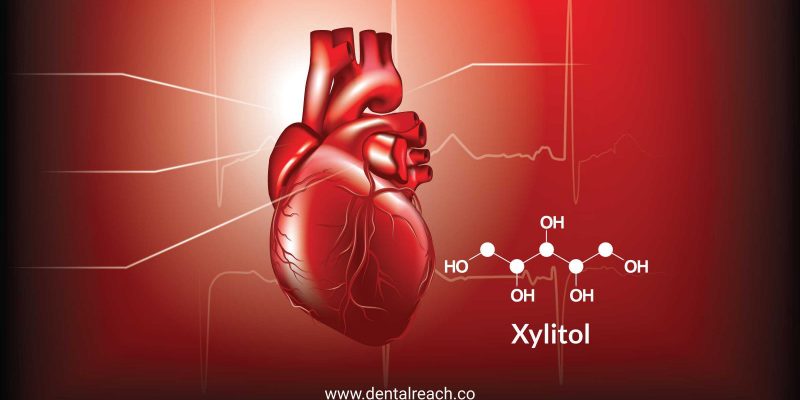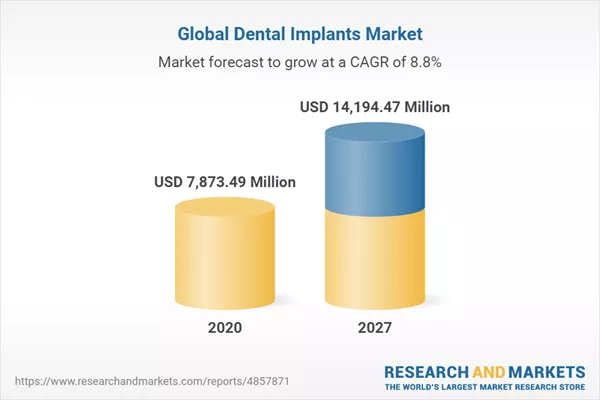Introduction
Infective Endocarditis (IE) is a cardio vascular disease which occurs due to microbial infection and it has been one of the major concerns in patients with pre-existing endocardial damage or sometimes even in normal healthy individuals. According to research papers, varieties of pathophysiologies leading to IE carried out globally.
As per the revised guidelines for prevention of IE by ADA and its council of scientific affairs, the classes of patients indicated for antibiotic prophylaxis have reduced considering the risk of morbidity resulting from antibiotic usage overshadowing its probable benefits.
Therefore highlighting the issue, controlling oral bacteria prior to dental procedures and overall oral care might be a more beneficial preventive modality specially for individuals at high risk for IE. Oral time released Xylitol has come up with such preventive option for Bacterial Endocarditis. It promises a good and successful preventive outcome and which can incorporated into a time release vehicle adhering to gingiva or teeth.
Various methods of reducing the oral bacterial
- Maintenance of good oral hygiene
- Supra and subgingival calculus and plaque clearance
- Caries control and management
- Management of periodontal health
- Restricted deleterious habits
- Usage of sugar substitutes
Xylitol as an option
Xylitol is the most commonly used sugar substitute usually in chewing gum, lozenges and syrups. According to the dental researches, usage of Xylitol four to five times a day reduces numerous pathogenic oral microbes like S mutans, Streptococcus salivarius, Streptococcus sobrinus, Lactobacillus rhamnosus, Actinomyces viscosus, Porphyromonas gingivalis, and Fusobacterium nucleatum, Streptococcus sanguis etc. Therefore, it targets various disease mechanisms in head and neck region like periodontal infections, maxillary sinus infections and otitis media. Its regular consumption by mothers also reduces mother-child transmission.
Xylitol has also been incorporated into a time-release adhering disc called XyliMelts that can be adhered to the teeth or adjoining gingiva. Xylitol delivered in this manner is likely to be present in the mouth for longer periods of time between 30 to 120 minutes.
XyliMelts can also be used while sleeping, when saliva flow is low, potentially increasing the effectiveness of overall antibacterial action. A similar oral adhering disc called Oramoist (Quantum) designed to adhere to the roof of the mouth and release flavour to stimulate saliva containing Xylitol. Various studies have demonstrated the action of Xylitol on various microbes.
Delivery of this kind of Xylitol can be in a dissolving disc adhered to molar or gingiva. In buccal vestibule, it would easily accomplish the goal and make the process more palatably. According to the suggestion, time release disc containing one-half grams of Xylitol should be used at bedtime and after every meal. At least 4 discs per day, for a minimum of 2 grams per day can be used.
Studies are still in progress however in this regard, in order to successfully document its mechanism of action based on the above-mentioned dosage. As previously noted, this approach to the delivery of Xylitol prior to dental procedures would likely be particularly worthwhile in those with physical or mental disabilities and in frail older people where maintenance of good oral health is often problematic and where bacterial endocarditis can be a significant problem.
Concept of time released drug delivery
The goal of sustained or time released drug delivery can be achieved with the use of matrix tablets, the mechanism of action and usage of which is demonstrated with the help of following schematic representations.
The advantage of these matrix tables over the conventional counterpart lies in the fact that they offer enhanced patient compliance, minimize toxicity and maintain equilibrium of constant plasma drug concentration level. It is also a cost-effective approach which promises to maintain drug concentration within a therapeutic range, minimises the irrational use of drugs, especially antibiotics.
Advantages
- Reduced see-saw fluctuation
- Increased safety of drugs
- Reduced total drug dosage
Disadvantages
- Dose dumping
- Difficulty in retrieving the dosage
- Expensive formulation
- Low patient awareness
- Reduced potential for accurate adjustment of the case (as demonstrated by the graph below).
Conclusion
Oral sustained release tablets provide the drug release in a modified form which is more effective than their conventional counterparts in achieving the therapeutic goals. These products might also be recommended by health care providers other than dentists for varying reasons. Due to its key benefits and better patient compliance it will be readily accepted by the patients eventually replacing its counterparts.
References
- Soderling E, Isokangas P, et al: Influence of maternal xylitol consumption of acquisition of mutans streptococci by infants. J Dent Res 79(3):882-887, 2000.
- Soderling E, Isokangas P, et al: Influence of maternal xylitol consumption on mother-child transmission of mutans streptococci: 6-year follow up. Caries Res. 35(3):173-177, 2001.
- Badet M-C. Effect of xylitol on a model of oral biofilm. IADR abstract, 2007. http://iadr.confex.com/iadr/2007orleans/techprogram/abstract_88048.htm
- Brown CL, Graham SM, et al: Xylitol enhances bacterial killing in the rabbit maxillary sinus. Laryngoscope. 114(11):2021-2024, 2004.
- Tapiainen T, Sormunen R, et al: Ultrastructure of streptococcus pheumoniae after exposure to xylitol. J Antimicrob Chemother. 54(1):225-228, 2004.
- Wilson W, Taubert KA, et al: Prevention of Infective Endocarditis, Guidelines from the American Heart Association. A Guideline from the American Heart Association Rheumatic Fever, Endocarditis, and Kawasake Disease Committee, Council on Cardiovascular Disease in the Young, and the Council on Clinical Cardiology, Council on Cardiovascular Surgery and Anesthesia, and the Quality of Care and Outcomes Research Interdisciplinary Working Group. J Am Dent Assoc. 138(6):739-745, 747-760 2007.
- Bashore TM, Cabell C, Fowler V Jr. Update on infective endocarditis. Curr Probl Cardiol. 31(4):274-352, 2006.
- Martin MV, Longman LP, et al: Infective endocarditis and dentistry: the legal basis for an association. Br Dent J. Feb 2; E15 [Epub ahead of print], 2007.
- Savarrio L, Mackenzie D, et al: Detection of bacteraemias during non-surgicalroot canal treatment. J Dent 33: 293-303, 2005
- Heimdahl A, Hall G, et al: Detection and quantitation by lysis-filtration of bacteremia after different oral surgical procedures. J Clin Microbiol 28: 2205-2209, 1990
- Ruba N Khader, Morton Rosenberg, the 2007 American Heart Association Guidelines for the Prescription of Antibiotic Prophylaxis. Journal of the Massachusetts Dental Society http://www.massdental.org/?id=2778, accessed 12/14/07

















Comments